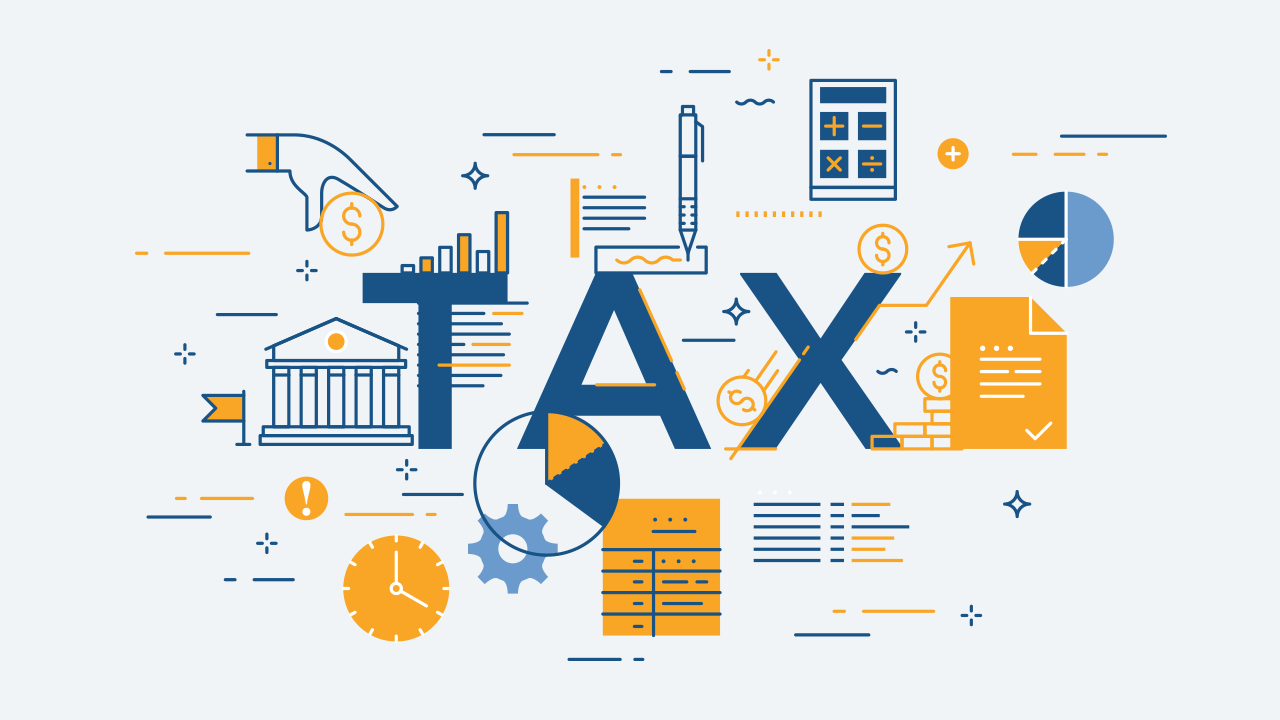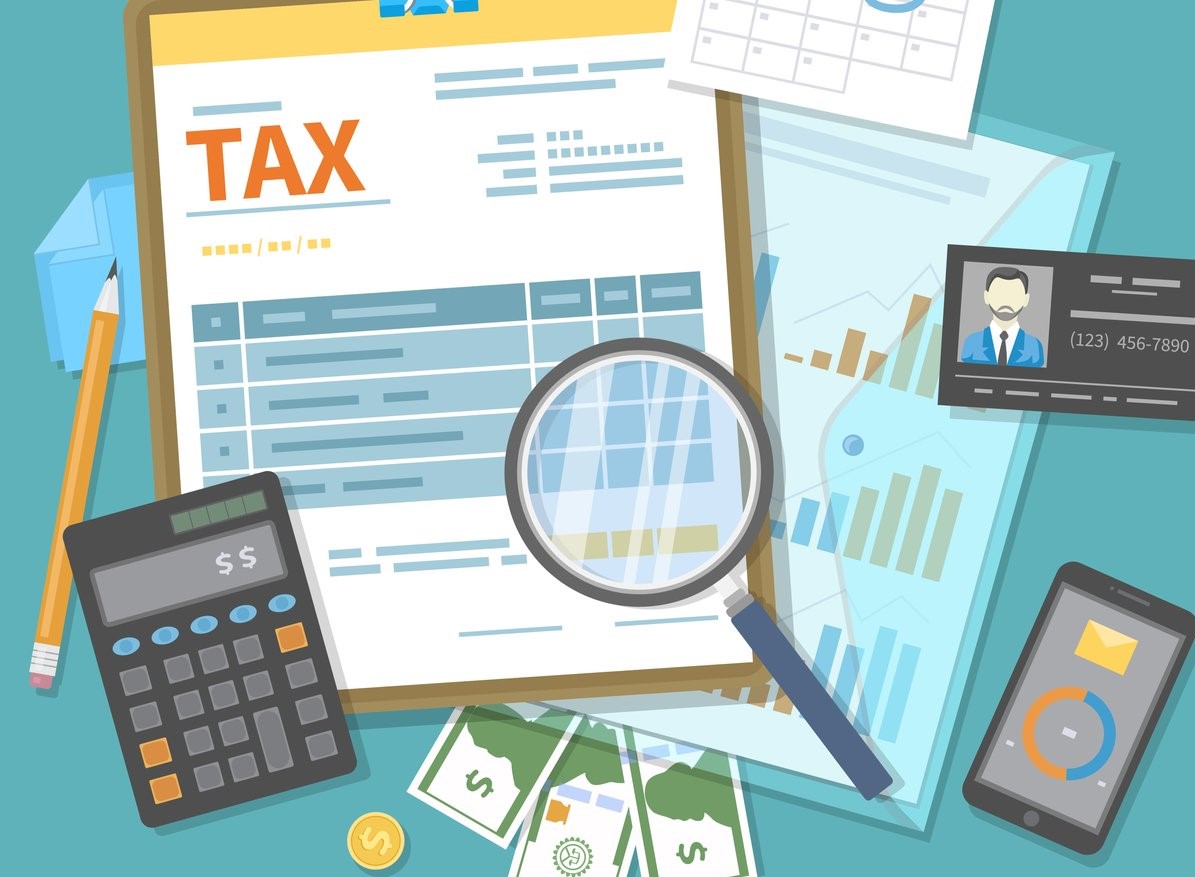
Tackle Your Bookkeeping Cleanup: A Guide for Canadian Businesses
As businesses in Canada push forward, it’s easy for accounting to fall by the wayside. Time flies, and
before you know it, months—or even years—have slipped by without proper bookkeeping updates. This
neglect can lead to a looming project that hangs over your head, much like a dark cloud threatening to
unleash its storm of consequences.
However, embarking on a bookkeeping cleanup doesn’t have to be overwhelming. By following a systematic
approach and working through the steps outlined below, you can efficiently gather the necessary
information to get your books back on track. Once your bookkeeping is in pristine condition, your
business will be well-prepared for growth, tax season, and investment opportunities.
Here’s a step-by-step checklist for cleaning up your bookkeeping and aligning your financial matters
seamlessly.
“Bookkeeping is the backbone of a well managed business"
1. Gather All of Your Financial Records
One of the most time-consuming steps in this process is gathering all your previous financial records.
This includes bank statements, receipts, invoices, and other relevant financial documents.
Start by combing through your email, which often serves as a convenient archive for electronic
purchases. Use filters based on dates or keywords to help locate what you need.
Download, print,
or
take screenshots of receipts and organize them either physically or electronically, such as on Google
Drive.
Next, reach out to any vendors or clients you’ve worked with over the past year. If you’re missing
records, they may have the information you need. Request a list of transactions or invoices to fill in
the gaps.
Now, review your bank and credit card statements. Take note of any transactions that are missing
records and be prepared to track down the corresponding information. Don’t forget to review
transactions made through third-party payment
2. Classify Transactions
Consistently categorizing your transactions is key. Your chart of accounts should be a comprehensive
list of categories or accounts used to classify each transaction. As a small business, it’s best to
keep this list concise, ideally with 10-15 accounts. Fortunately, most bookkeeping software provides a
solid starting point for your chart of accounts.
Group similar transactions under the same account, ensuring clarity about the purpose of each. Instead
of just labeling an expense as "supplies," consider being more specific, like "production supplies" or
"marketing supplies."
This step is crucial for generating accurate financial reports and has a direct impact on your tax
obligations. Review past transactions to ensure they’re correctly categorized and update any
uncategorized ones.
Depending on your bookkeeping software, you might be able to automatically categorize transactions as
they occur, which can greatly assist in maintaining up-to-date records.

3. Reconcile Bank Statements
The next crucial step in cleaning up your bookkeeping is reconciling your bank statements. Start by
carefully examining your bank statements for the period in question. Verify that each transaction is
accurately recorded in your accounting software. Look out for any discrepancies, such as missing
checks or deposits.
You may need to manually input transactions that aren’t reflected in your accounting software to
ensure the balance in your bank account matches the balance in your accounting system.
Regular monthly reconciliations are recommended to maintain consistent and accurate records. These
check-ins will help you spot discrepancies or missing transactions, ensuring your books stay in order
even after the cleanup.
4. Adjust Entries
Next on the list is making necessary adjustments to your entries. Sometimes, you need to manually
adjust entries to properly account for accruals, depreciation, or amortization. (This is a great time
to consult with a professional!)
Adjusting entries are accounting adjustments made at the end of an accounting period to update account
balances and ensure financial statements' accuracy. These entries are essential because some
transactions may not have been recorded during the period they occurred or may have been recorded
incorrectly.
Common scenarios requiring adjusting entries include:
• Accruals: Expenses that have been incurred but not yet paid or recorded, such as wages owed
to
employees or interest on loans.
• Depreciation: Adjusting entries to accurately reflect the value of assets on the balance
sheet, like
computers or vehicles.
• Amortization: Allocating the cost of intangible assets over their useful life, such as
patents or
trademarks.
• Prepayments: Expenses paid in advance but not yet incurred, like annual insurance payments.
• Accrued Revenue: Revenue earned but not yet received, requiring an entry to reflect the
earned
revenue in the current accounting period.
Given the complexities involved, it’s advisable to seek assistance from a professional to ensure these
adjustments comply with generally accepted accounting principles (GAAP).
5. Submit Your Tax Returns
As you progress through your bookkeeping cleanup, staying on top of your tax obligations is critical. Whether you’ve requested an extension or it’s time for regular quarterly tax payments, your newly organized records will make the process smoother. Consistent quarterly tax payments can help you avoid penalties or surprise expenses when annual taxes are due. You can either make self-payments through the Canada Revenue Agency (CRA) website or consult your accountant to determine the correct quarterly tax amount.
6. Establish a New System
If you’re undertaking a long-overdue bookkeeping cleanup that spans over a year, it’s crucial to
establish new systems to prevent a similar situation in the future. Every business has unique needs,
so it’s essential to get help in areas where you face the most challenges. Look for accounting
software or tools that enable you to:
• Streamline payment processing and bank feed integration
• Generate and collect payments efficiently
• Digitally store receipts for easy access and organization
• Generate essential financial reports like balance sheets, income statements, and cash flow
statements to understand your business's financial health
Consistency is your greatest ally. Mark your calendar, set reminders, or find a reliable
accountability partner to help you regularly dedicate time to managing your finances. The more
consistent you are, the less time it will take. If you find that you lack the time, energy, or
expertise to handle this on your own, it might be time to consider outsourcing your bookkeeping to a
professional.
Get Caught Up Now
A few small errors in your bookkeeping might not seem like a big deal at first. However, these mistakes can quickly snowball and become unmanageable. At Adyzer, our skilled bookkeepers are here to fix your bookkeeping issues and keep your financial records organized and error-free. This allows you to focus on running your business smoothly. Take advantage of our customized accounting support tailored specifically to your business needs. Contact us today to schedule a complimentary bookkeeping consultation.









